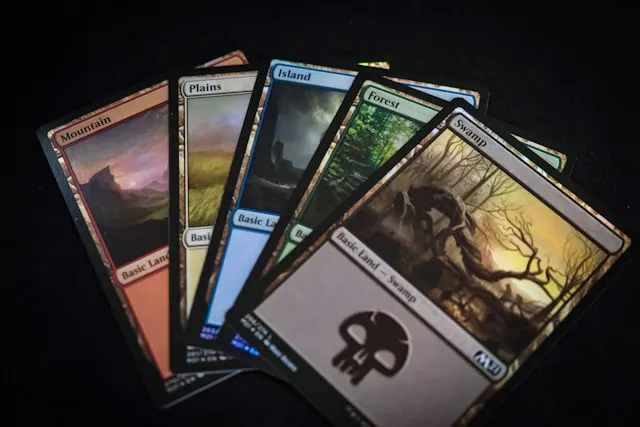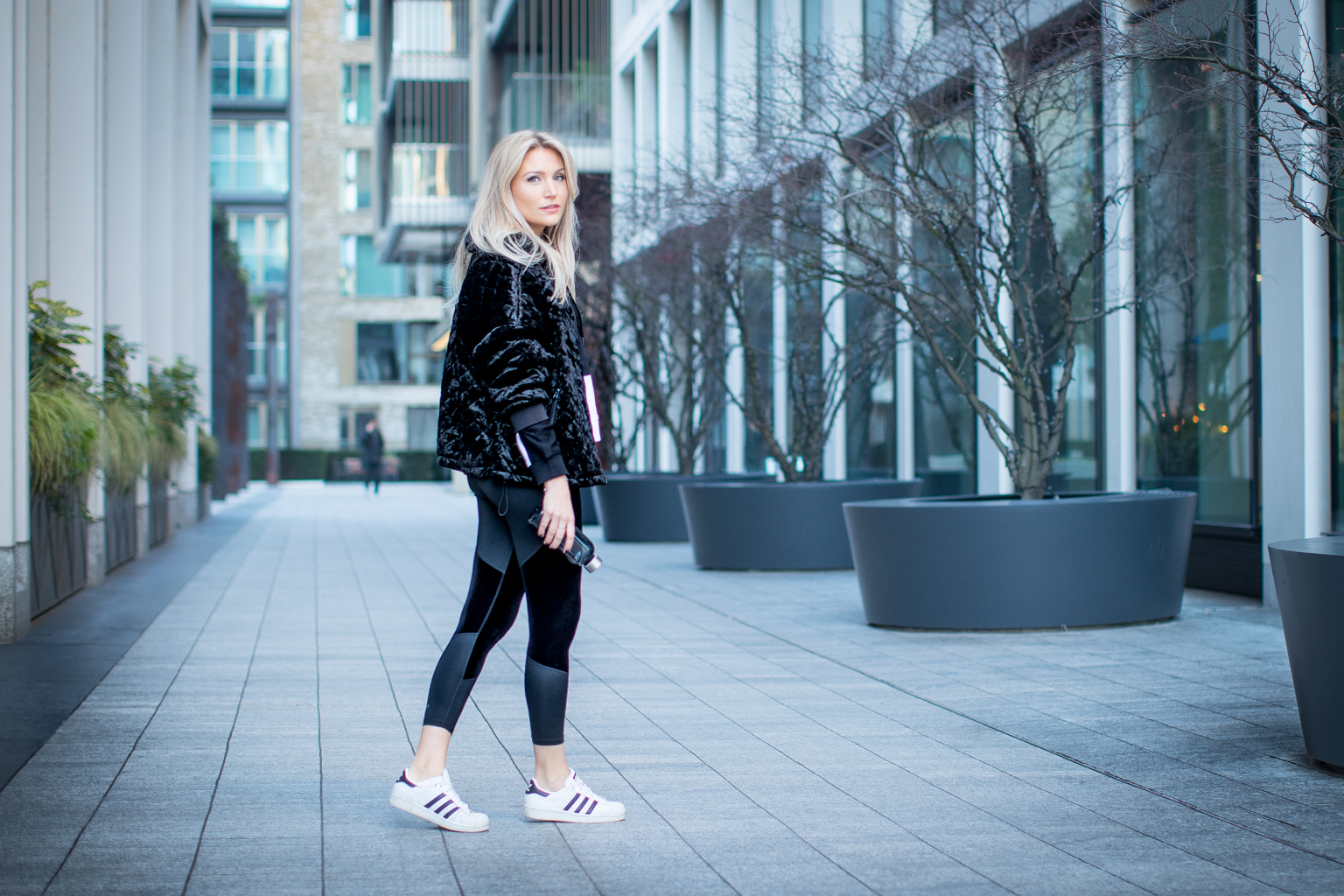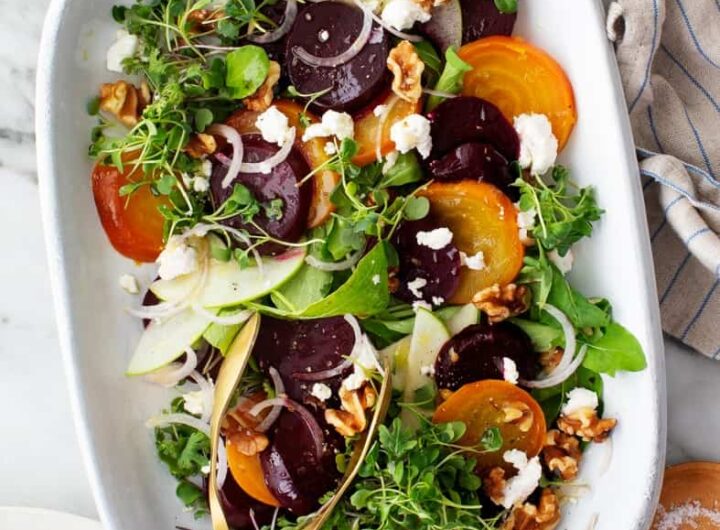
I’m a bit of a novice but I joined in with a game of Magic: The Gathering recently with some guys from work and I have to say it was a really fun evening. Thank you to them for being patient with me! We used a Kindred deck and this is what I remember – but Magic experts out there feel free to correct my – I’m sure – many mistakes. Remember I am a beginner.
So what I learnt was that a Kindred deck is based around a particular creature type and Kindred spells provide benefits to certain creatures. This can be as a result of a reduction in casting costs, an upgrade to their stats or even a way in which they can avoid death.
Here are some of the tips I picked up for building a good Kindred deck.
The different Kindred cards
There are 62 different cards that fall into the Kindred category, and they are spread across the 18 different creature types:
- Demon
- Eldrazi
- Elemental
- Elf
- Faerie
- Giant
- Goblin
- Kithkin
- Lhurgoyf
- Merfolk
- Rebel
- Rogue
- Shaman
- Shapeshifter
- Soldier
- Treefolk
- Warrior
- Wizard.
The cards belong to the five different colour categories on the MTG colour pie. These colours are Red, White, Black, Green and Blue (very basic I know but I’m sure there are other beginners out there).
Each of the colours is representative of a different set of strengths and powers, playing an important role in the type of deck that a player might choose.
Think about your colour type
Some players prefer to use an aggressive deck, meaning that they should consider using red colour cards. White is a good colour choice for players wanting a fairer, more even fight. Blue is a good choice of colour for players who like to annoy their opponent and Black is the colour associated with ambition. Green is the natural colour and also representative of growth.
The colour that you opt for will really be determined by the type of game play that you prefer, and this is the first thing you need to consider when building your deck. There’s more about Magic colours here from the CommandFest organisers Axion Now.
Choose a sub theme
Once you have decided your colour you need to look at sub themes, and one good place to start is with slivers.
Slivers are one of the game’s most iconic creature types. Often described as a hive that thinks as one, they are simple in appearance, yet incredibly powerful when they share their abilities with each other. Each Sliver possesses one or more innate powers such as flying, vigilance or haste, and these abilities are granted to all other Slivers you control. The more Slivers you have, the stronger and more versatile your swarm becomes.
Alternatively, you could try a tribal synergy theme that also rewards having multiple creatures of the same type. For instance, a Goblin Tribal sub theme will have hordes of these small, aggressive creatures. Although Goblins don’t inherently share abilities, they do have abilities that trigger when other Goblins enter the battlefield.
Manipulate your library
Some of the decks in Magic include cards that allow you to manipulate your library so you can hit Cascade triggers.
A cascade trigger is when you cast a spell with the Cascade ability. Cascade essentially lets one spell chain into another, creating unexpected value.
For example, the scroll rack artifact has the capacity to allow you to swap cards already in your hand with cards that are at the top of the library
Of course, there are many cards you might want to include in your deck, if they’re available. Here are just a few I’ve been told to look out for:
- And They Shall Know No Fear
- Patchwork Banner
- Herald’s Horn
- Three Tree City
- Reflections of Littjara
- Realmwalker
- Cavern Of Souls
- Raise The Palisade
- Vanquisher’s Banner
- Roaming Throne
At the end of the day a deck is about personal choice so should be a good fit for your own individual style of gameplay. There’s no right or wrong answer in terms of what your deck should include as this varies from one player to another.
Let me know in the comments what else I need to know about Kindred deck-building…
 The Most Popular Planes in Magic: The Gathering
The Most Popular Planes in Magic: The Gathering  Leveraging Tech to Spark Exercise Habits That Actually Stick
Leveraging Tech to Spark Exercise Habits That Actually Stick  How To Become A More Mindful Person
How To Become A More Mindful Person  How To Beat Loneliness In London
How To Beat Loneliness In London  Free green spaces to enjoy just outside of London
Free green spaces to enjoy just outside of London  How To Store Bicycles In Self Storage
How To Store Bicycles In Self Storage  Healthy Eating Nutrition Tips for Busy Lifestyles
Healthy Eating Nutrition Tips for Busy Lifestyles